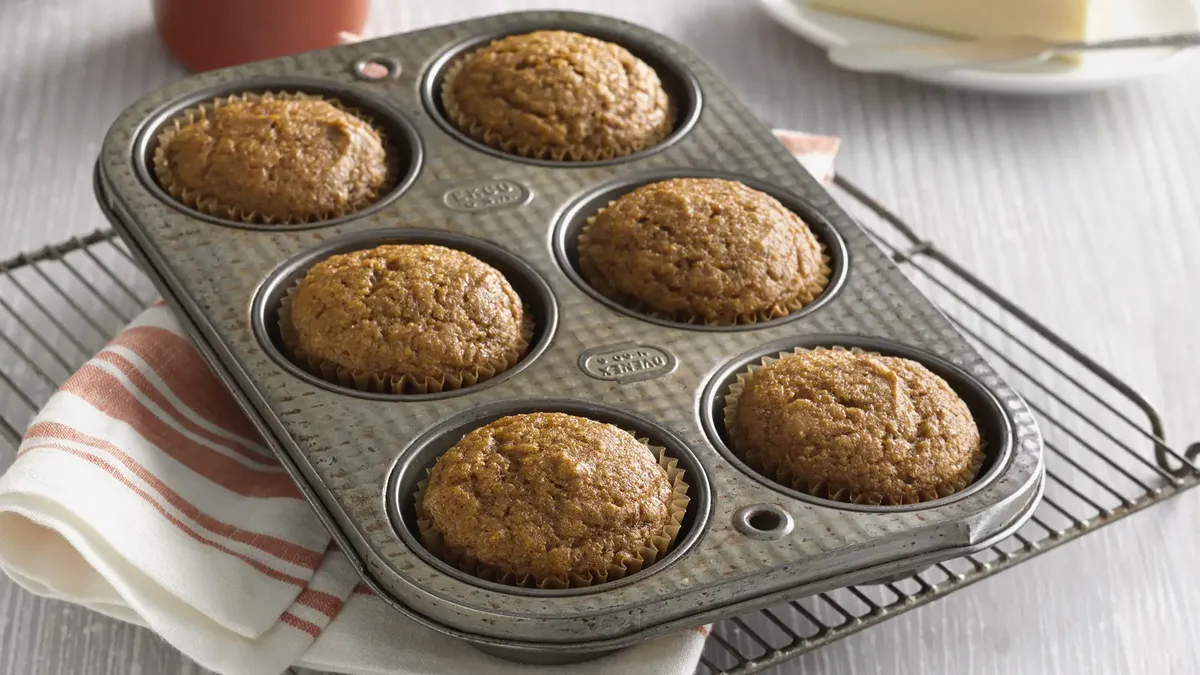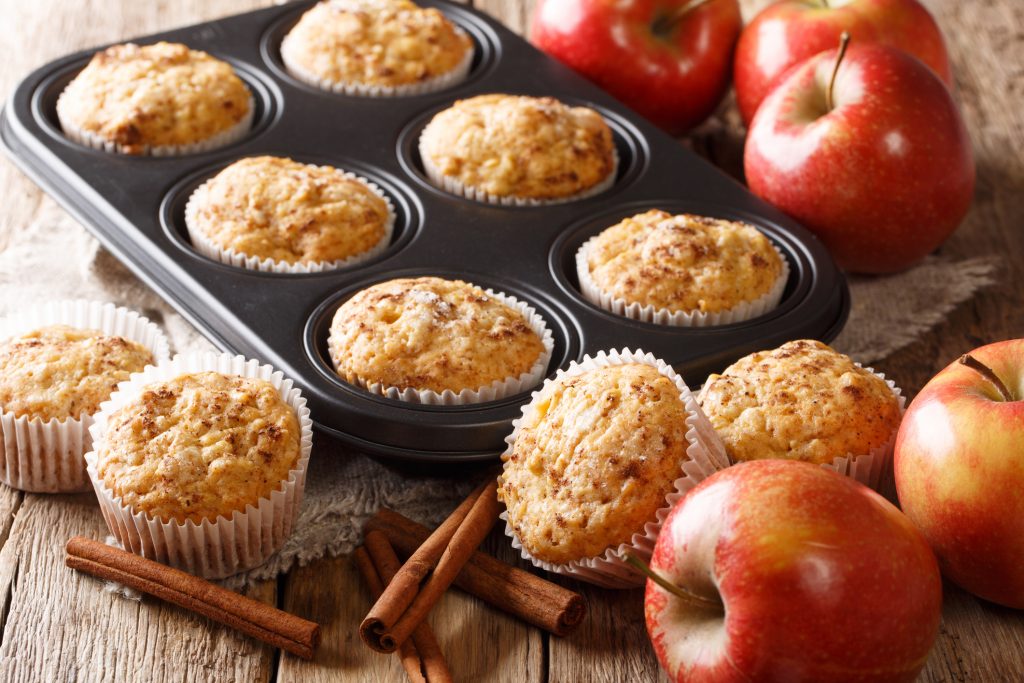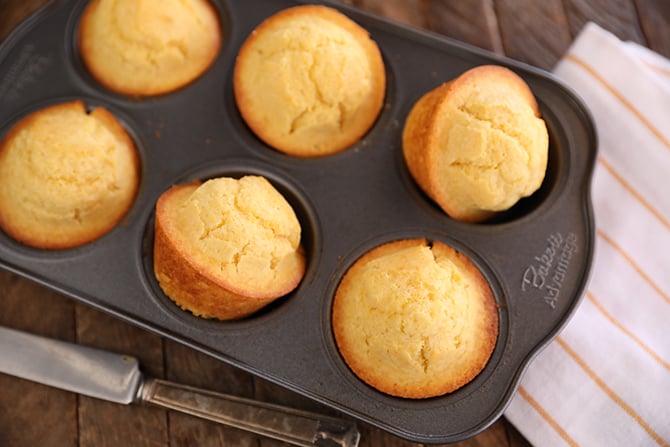For culinary enthusiasts and kitchen professionals alike, cast iron baking for beginners presents an exciting challenge that opens the door to the remarkable world of this versatile cookware. Whether youre just starting your baking journey or are an experienced chef searching for fresh ideas, cast iron can skyrocket your baking skills to splendid new heights.
Why should experts in the kitchen embrace cast iron for baking? The answer is its unparalleled heat retention and even heat distributionkey elements for creating baked goods that are perfectly cooked every time. Lets delve deeper into the realm of cast iron baking and discover how to make the most of this remarkable tool.

Why Opt for Cast Iron in Baking?
Baking with cast iron comes with a host of benefits that every kitchen professional will appreciate. The standout feature is its ability to maintain steady temperatures, ensuring that your creations cook evenly and reducing the chances of overcooking or undercooking. This is especially crucial for baking essentials like bread, cakes, and cookies.
Additionally, cast iron boasts durability thats second to none. A well-cared-for cast iron skillet can last a lifetime, turning it into a smart investment for any chefs arsenal. Moreover, the natural seasoning that develops over time enhances the flavor profile of your baked goods, giving them a unique taste that improves with each use.
Jumpstarting Your Cast Iron Baking Journey
Before you begin your baking adventure, ensure that your cast iron cookware is well-seasoned. This seasoning is a layer of oil thats bonded to the iron, creating a natural non-stick surface that prevents food from sticking while also safeguarding the pan against rust.
As a beginner, its wise to start with straightforward recipes like cornbread or muffinsperfect choices for getting acquainted with the unique properties of cast iron. For some scrumptious inspiration, check out this jumbo muffin article, or explore our cast iron tips.
Caring for Your Cast Iron
Keeping your cast iron in top shape is essential for its longevity. After each use, simply rinse the pan with warm water and scrub it gently with a brush. Avoid dish soap, which can strip the seasoning. Make sure to dry the pan thoroughly and apply a light coat of oil before storing it in a cool, dry spot.
Regularly re-season your pan by applying oil and placing it in a preheated oven. This habit reinforces the non-stick layer and extends the lifespan of your cookware.
Exploring Advanced Baking Techniques
Once you're comfortable with basic recipes, dont hesitate to experiment with advanced techniques. Cast iron skillets are fantastic for crafting a crispy pizza crust or achieving the perfect sear on focaccia. The uniform heat distribution guarantees flawless results every time.
If youre feeling adventurous, consider using a cast iron Dutch oven for baking sourdough bread. The closed environment traps steam, which yields a crusty loaf with a beautifully airy interior.
Avoiding Common Pitfalls
Even seasoned kitchen pros can make missteps with cast iron. A frequent error is overheating the pan, which can damage its seasoning. Always take care to preheat your cast iron slowly to avoid these pitfalls.
Another common mistake is improper cleaning. Remember to skip the soap, and always dry the pan quickly to prevent rust. Don't fret if rust appears; simply scrub it off and re-season your pan.
Conclusion
Adopting cast iron baking for beginners can significantly uplift your baking endeavors. This cookwares versatility and durability, coupled with its ability to produce exceptional baked goods, makes it indispensable for any kitchen professional. By understanding its special attributes and adhering to proper care techniques, youll unlock the full potential of cast iron in your baking.
For additional insights, feel free to explore our baking basics for more tips and recipes, and dont miss checking out the benefits of cast iron in various cooking methods.

FAQ
How do I properly season my cast iron skillet?
To season your skillet, simply apply a thin layer of vegetable oil and place it upside down in a preheated oven at 375F (190C) for about an hour. Allow it to cool inside the oven before using.
Is cast iron compatible with induction cooktops?
Absolutely! Cast iron is perfect for induction cooktops due to its ferrous nature, which allows it to work seamlessly with the magnetic field created by induction.
What should I do if my cast iron pan becomes sticky?
A sticky surface can arise from using excessive oil during seasoning. To remedy this, scrub the pan with a stiff brush, then re-season it with a light coat of oil and bake it in the oven.
This article contains affiliate links. We may earn a commission at no extra cost to you.






Leave a comment
This site is protected by hCaptcha and the hCaptcha Privacy Policy and Terms of Service apply.